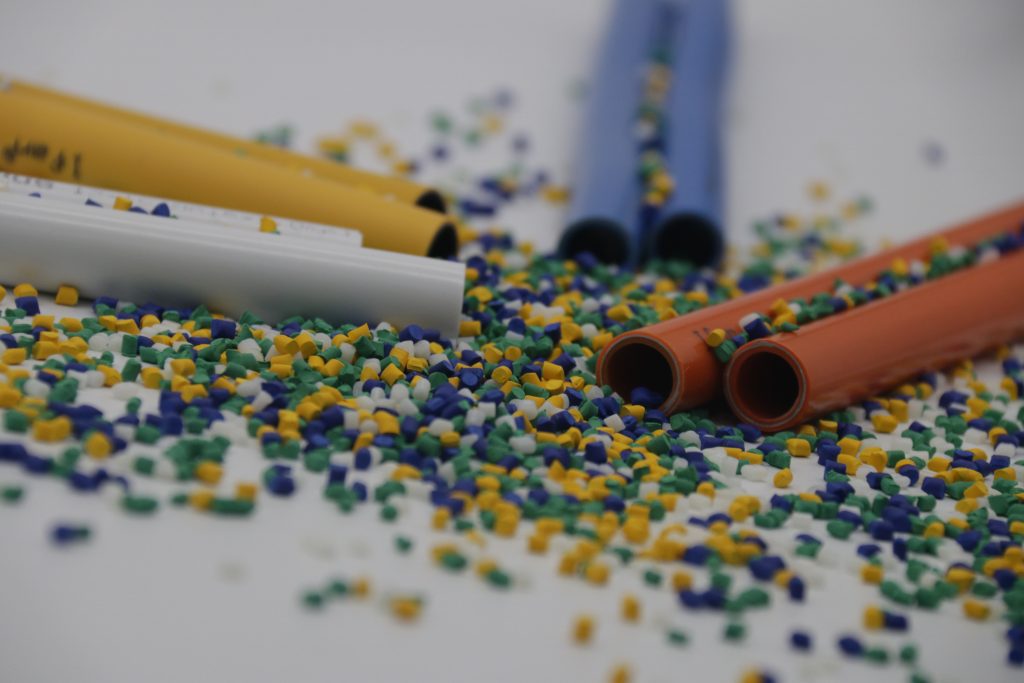How does the dirt in the floor heating pipe form? How to avoid it?
We start with the question: what is “scale”? Physiologically speaking, it is formed by mixing the exfoliated aging dead cells with impurities such as oil.
To put it simply, “dirt” is filthy, dirty things, so how are the “filthy, dirty things” in the floor heating pipe formed? Below IFAN will tell you the answer through this article, follow us and learn more. This is our Facebook Website:www.facebook.com
Dirt Formation Process
Water quality problem
The water contains a large number of microorganisms, and under certain heating conditions, a large amount of biological sludge will be produced and attached to the pipe wall. The water contains calcium and magnesium ions, which will form calcium carbonate and magnesium carbonate when heated and adhere to the inner wall of the pipeline.
The water also contains a certain amount of silt, rust, and other particulate matter. If there is no water purifier installed at home, small particles will also enter the heating pipe through the filter, forming a certain amount of sediment, affecting The flow rate of the water flow reducing the heat transfer in the water, and also jams the water pump.
Floor heating pipe problem
At present, floor heating pipes are mostly laid with PP-R, PEX, PE-RT, and other pipes as floor heating coils. The shape of the coil is complex, the pipeline is long, and the pipe diameter is small. What is the effect?
1. Energy consumption: impurities and dirt will increase the resistance of water and increase heating energy consumption.
2. Heat waste: According to relevant statistics, every 1mm increase in the thickness of the pipe wall will reduce the indoor temperature by 6°C, hindering the transfer of heat.
3. Pipeline blockage: When the accumulation of impurities is serious, the pipeline will be blocked. After the pipeline is blocked, the pipeline will not be able to supply heat. If the whole road pipe replacement project is huge, it will cause a lot of time and economic loss.
Therefore, choosing anti-scaling floor heating pipes during decoration will greatly reduce the formation of dirt in the pipes and avoid the above problems.

IFAN PE-RT anti-scaling floor heating pipe
Through the “low temperature and high speed” extrusion process, the performance of raw materials is preserved to the greatest extent. The smoothness of the inner wall of the pipe is more than three times that of ordinary PE-RT, the frictional resistance is small, and it is not easy to attach dirt, which can effectively improve the heat exchange efficiency. Under the same water quality conditions, the cleaning cycle of the pipeline system is greatly delayed, efficiency is increased, costs are reduced, and maintenance costs are reduced.
1. The inner wall is smooth and not easy to scale
The smoothness of the inner wall of the pipe is more than three times that of ordinary PE-RT, the water flow resistance is small, and the pipe wall is not easy to scale.
2. High heat exchange efficiency and better heating effect
The smoothness of the inner wall is high, and the water flow is faster so that the heat exchange efficiency is greatly improved, and the home heating effect is better.
3. Delay the cleaning cycle, increase efficiency and reduce costs
With the special formula and production process, under the same water quality conditions, the cleaning frequency of the pipeline system can be greatly reduced, and the maintenance cost of the floor heating pipeline can be effectively reduced.
4. Seven inspections, leaving the factory under pressure
From raw materials to finished products, after seven inspections, every meter of product is monitored online, and the pressure (0.3MPa) leaves the factory. The quality is reliable and worry-free.
5. The service life is 50 years
It has passed the 8760h/110°C long-term hydrostatic test of the national testing agency, 5000 thermal cycle tests, and a safe service life of 50 years.

